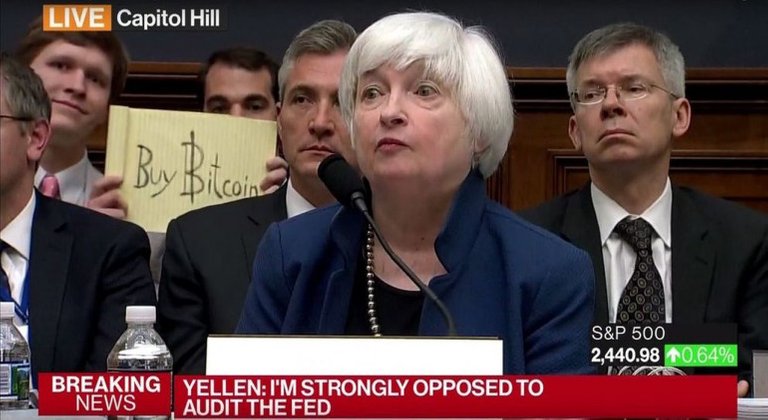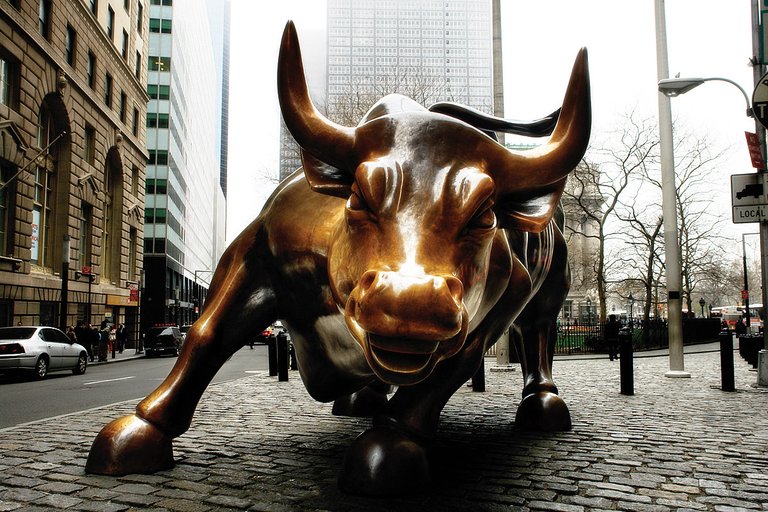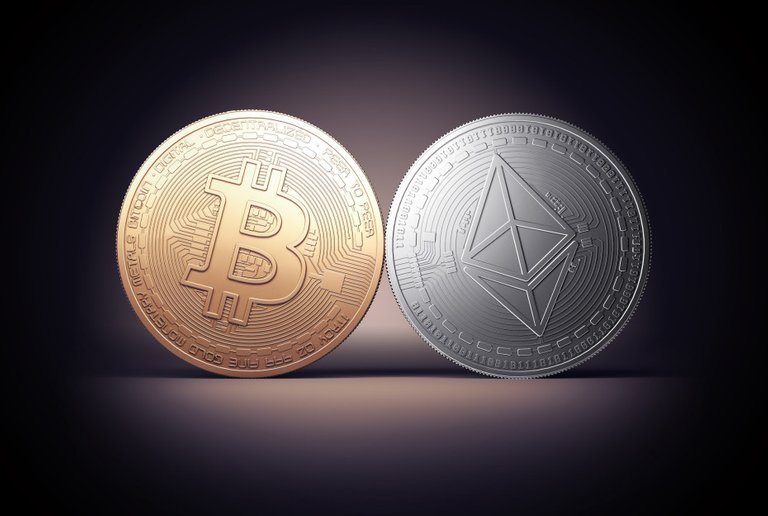
Artificial.Overvalued.Unsustainable.
As an ardent football fan who has had to endure multiple Premier League transfer windows across a decade, these are very familiar terms. Fans are no strangers to witnessing obscenely high valuations thrown about for unwarranted potential and limited substance. However this summer, I can draw eerie comparisons between football and modern day financial markets.
The Bull Run

The past few years have seen the accumulation of an unprecedented amount of global debt primarily driven by low interest rates set across the western world to counter the impact of the 2008 Financial Crisis.
The access to cheaper debt capital has also seen merger activities boom with large corporations opting to acquire the competition at inflated prices rather than seeking organic growth measures through reinvestment of profits.
Often seen as a positive signal to investors, acquisitions are expected to improve company earnings in the long term due to the creation of synergies. This trend had led to an artificial surge in company share valuations with the FTSE and NASDAQ being home to entities which currently trade at exceptionally high P/E (Share Price to Earnings) multiples. The price reflects the growth potential with the expectation that the claimed synergies will materialize (although this may not be the case several years down the line)
Many believe that the equity bull run (continuous growth in share price over the course of multiple financial quarters) that commenced in 2013 has entered its final phase. Donald Trump’s presidential victory may have temporarily allayed the fears of a bubble with the promise of looser regulations across the US private sector supporting claims for market optimism.
However, there are reasons for investors to be concerned. Worsening geopolitical ties and the rise of populism continue to put a strain on globalization and global trade. Such conditions present economic triggers that could lead to a correction which has the potential to wipe off billions from current valuations hurting economies in the process.
On a related note, it is very tough for investors to find value in this type of environment. As a value investor, I and others within the community get cold feet when assessing a stock with high growth potential, wary of the fact that the entry price is artificially higher in a financial climate still rallying on the effect of the “Trump Pump” and unprecedented M&A activity.
The anticipation of an imminent correction has led Investors to place their temptations to one side and patiently wait for a price drop that never seems to arrive. Hence we are currently observing a lull in the summer markets with prices remaining relatively steady with subdued transaction activities.
Investors are now forced to search for new avenues to seek value. While some are seeking refuge in traditional markets such as real estate, others opt for alternative ventures such as crowdfunding and digital currency.
“The stock market is filled with individuals who know the price of everything, but the value of nothing.”
Phillip Fisher
Digital Dollars

Satoshi Nakamoto (may or may not be the individual’s real name) envisaged the world in which transactions were settled by a peer to peer electronic cash system. In January 2009 as Barack Obama was sworn in as President of the United States, a quiet revolution was set in motion in Japan with the release of the first ever Bitcoin software. The digital currency now claims to be a substitute for gold with both asset classes now widely deemed similar concerning value retention. (Traditionally, gold acts as an “insurance” against global uncertainty and volatility).
With a tumultuous 2016 giving rise to populism, Brexit, and Trump, investors plowed money into their new found haven of Bitcoin seemingly under the impression that the digital currency was immune to the shocks affecting traditional capital markets. Bitcoin soared in value, a dramatic rise which did not go unnoticed by media outlets across the world. (As I write, Bitcoin is trading at £1,500 per coin, for comparison purposes, on July 16th, 2015, each coin was sold at a value of £186. Lift off)
Bitcoin is reliant on its underlying blockchain technology. For those unfamiliar with the concept, blockchain is a digital ledger that allows Bitcoin transactions to flow between parties within a network that enables efficiency, speed, and transparency. (perhaps something to discuss in another blog post). The full potential of blockchain is steadily recognized by facets of the technology community with the concept touted to revolutionize society, eyeing a range of industries from food to finance.
I stumbled upon blockchain in 2015 while I was mentoring a Fintech startup through an accelerator program. I came across what I thought was quite an unusual process. Blockchain start-ups were raising funds through issuing cryptocurrency (tradable digital coins/tokens directly related to the start-up project) to investors across a network, a scheme known as Initial Coin Offering.
The contrarian in me was certainly intrigued. No dividends, no voting rights and perhaps most importantly, no equity. (You can almost feel the shivers flowing down the spine of a Silicon Valley venture capitalist)
Coin holders from across the globe can spend their Bitcoin on purchasing these tokens through an exchange with the hope that the value of the asset will rise as the project progresses. The ultimate objective is that the final viable product can add value as a blockchain interface and hence adopted across systems/networks that relate to its industry (Generating a high level of demand for its tokens, subsequently leading to its price increase).
“Games are won by players who focus on the playing field – not by those whose eyes are glued to the scoreboard.”
Warren Buffett
Risk and Reward

It’s easy to feel skeptical. Given the general averseness to risk in the economic climate, it’s easy to dismiss this new crowd funding craze as a fad that leverages on the momentum built by the surge in Bitcoin over the last 12 months.
The sheer range of applications and industries to which blockchain is relevant is something which warrants the attention of the financial ecosystem. These are no measly sums. The top 10 ICOs of 2017 raised approximately $563m (!) with Bancor (A blockchain project that seeks to set up an effective exchange rate system for cryptocurrencies) alone accounting for $150m (!!) in funding.
Similar to the dot com boom (and bust) that defined an era, the feasibility of such projects are likely to be exposed with only viable cryptocurrencies possessing concrete business cases and sustainable value creation standing the test of time.
Risk seeking investors who believe in the long term potential of the technology look to acquire cryptocurrency tokens at a low price hoping that the price of the tokens rise as the project begins to yield measurable value and gains traction.
Ethereum, a platform that enables developers to build and run decentralized apps (smart contracts) is the most successful ICO to date. The pioneering technology currently has a market cap of $15Bn with growth driven by its viable use case and accelerating adoption rate.
After Bitcoin had rallied in value during the early part of this year, holders chose to diversify by investing their bitcoins across multiple cryptocurrencies. Right now, millions in funds are raised on projects for which no viable prototype has yet been created. The hype surrounding such startups has led to inflated prices across the market, and if the trend continues, we could soon see this market mirroring current financial markets. Valuations which are Artificial.Overvalued. Unsustainable.
“The most dangerous thing is to buy something at the peak of its popularity. At that point, all favourable facts and opinions are already factored into its price and no new buyers are left to emerge.”
Howard Marks, The Most Important Thing: Uncommon Sense for the Thoughtful Investor
The Fourth Industrial Revolution

The potential of digital currencies cannot be overlooked. The technology will create speed and cost efficiencies which will ultimately channel previously lost effort and time into creating better products and value for the end user. Money and employee hours which were previously spent on maintaining existing systems can now be reinvested. The key feature of a blockchain network is that one block of transactions is time stamped and linked to the previous block. This feature could eliminate common fraud altogether.
With the technology having the power to improve society, the ICO funding process enables entrepreneurs across the globe to access capital and fund projects which could bring about far-reaching social changes. Substantial seed funds would now be available in locations where venture capital culture is yet to establish itself. For instance, an entrepreneur based in India does not need to fly over to Silicon Valley or London to raise funding for their Chennai based Real Estate smart contract start-up. He/She could simply issue a whitepaper and demonstrate a functioning API prototype through his/her website. Within a matter of minutes, they could have access to the funding and intellectual capital they require to grow and scale a business which encourages ethical dealing and minimizes the risk of real estate corruption.
It promises to be one of the most exciting economic experiments in history. Obvious barriers and road blocks include the rate of adoption of blockchain through society, the scalability of these individual projects and the impact of future regulatory interference.
I believe that there is value to be found within this new landscape for those investors who are willing to accept its inherent risk. I am excited by the opportunities presented by Blockchain. I firmly believe that Bitcoin is here to stay. We will see a whole host of start-ups enter the cryptocurrency sphere in the next few years and from the plethora of new companies funded by ICOs there will be a select few that survive, scale and eventually go onto revolutionize our everyday lives.
“Know what you own, and know why you own it.”
-Peter Lynch, One Up On Wall Street: How To Use What You Already Know To Make Money In The Market
In future blogs, I plan to expand on some of the key themes discussed in this post.
I hope you were all able to endure my ramblings on some of the things which I have observed as a capitalist millennial seeking growth in an environment where a 1.5% annual savings return is considered acceptable.
I sincerely thank you all for spending a few minutes of your day reading my post (This is my first ever blog). If you have made it this far, I believe the chances are that you (like me) are interested in learning more about current trends and emerging concepts within finance. Therefore, I would appreciate and value all your thoughts and comments.
Till next time. Over and out.
Yours truly,
Sree Nair
Congratulations @sreenair23! You have completed some achievement on Steemit and have been rewarded with new badge(s) :
Click on any badge to view your own Board of Honor on SteemitBoard.
For more information about SteemitBoard, click here
If you no longer want to receive notifications, reply to this comment with the word
STOPGood thoughts
Thank you so much! I sincerely appreciate you sparing a few minutes of your time to read it :)
Congratulations @sreenair23! You received a personal award!
You can view your badges on your Steem Board and compare to others on the Steem Ranking
Vote for @Steemitboard as a witness to get one more award and increased upvotes!